In February of 2016, a new accounting standard was released which requires all leases with a term of more than 12 months to be recognized on the balance sheet as assets and liabilities. The following is a brief overview of the standard and how it might affect your organization.
WHO WILL BE AFFECTED?
The new standard affects all companies and other organizations – whether public, private, or not-for-profit – which enter into lease arrangements for identifiable property, plant or equipment.
WHAT ARE THE KEY CHANGES?
The new standard will require that organizations apply the following changes:
• A lessee would recognize a lease liability to make lease payments to a lessor for the term of the lease.
• A lessee would recognize an asset for the right to use of the leased asset for the lease term.
Unlike current guidelines, the new standard will require this treatment for all leases, both capital (financing) and operating.
WHAT DOES THIS MEAN FOR YOU?
Application of the new guidance may have an impact on certain financial ratios. Due to the current portion of lease liabilities being reported as a current liability, working capital may be reduced. Debt to equity may increase due to the lease being recorded as debt on the balance sheet.
The recognition, measurement, and presentation of expenses and cash flows arising from a lease by a lessee would depend on whether the lessee is expected to consume more than an insignificant portion of the economic benefits embedded in the underlying asset.
WHEN DOES THE NEW STANDARD GO INTO EFFECT?
The new standard is effective for the fiscal years beginning after December 15, 2019. For organizations with a December year end the first year of reporting will be for the calendar year ended December 31, 2020. For organizations reporting on a fiscal year such as June 30, the effective date will be for the fiscal year ended June 30, 2021. Early adoption is permitted.
WHAT SHOULD YOU DO NOW TO PREPARE?
1. Make sure you understand the impact of the new standard and take this into consideration when entering into new lease arrangements.
2. Start to quantify leases and the impact the change will have on current debt covenants. Consider negotiating terms on debt covenants with your banker.
3. Consult with your CPA.
CHRISTINE B. ARTHUR, CPA, PARTNER
KYLE ROBBINS, AUDIT MANAGER



.png)



